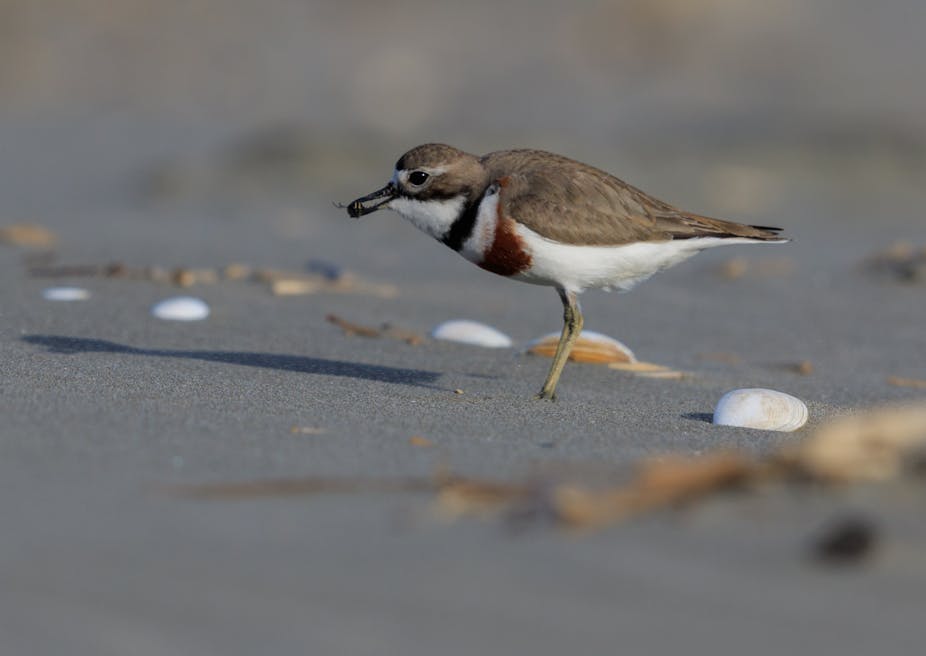The Conversation Weekly podcast is taking a short break in August. For the next few weeks we’ll be bringing you extended versions of some our favourite interviews from the past few months.
This week, the story of researchers who invented an ingenious new conservation technique to protect endangered birds.
In many places, bird populations are plummeting, in part due to hungry and often invasive predators. This isn’t an easy problem to solve for conservation biologists. Either you need to kill the predators – which is really hard and comes with its own ethical questions – or you need to build protection for the birds’ nests which can damage the environment.
Catherine Price, postdoctoral researcher in conservation biology at the University of Sydney, is part of a team of researchers who’ve found a better way. They used misinformation – in the form of fake smells – to fool predators into leaving bird nests alone. She told us how the concept works, and what she and her colleagues found when they tested it out in the Mackenzie Basin on New Zealand’s South Island.
This episode of The Conversation Weekly features an extended version of an interview first published on April 9. The episode was produced by Mend Mariwany and Gemma Ware, with sound design by Eloise Stevens. Our theme music is by Neeta Sarl. You can find us on Twitter @TC_Audio, on Instagram at theconversationdotcom. or via email on podcast@theconversation.com. You can also sign up to The Conversation’s free daily email here.
You can listen to The Conversation Weekly via any of the apps listed above, download it directly via our RSS feed, or find out how else to listen here.

